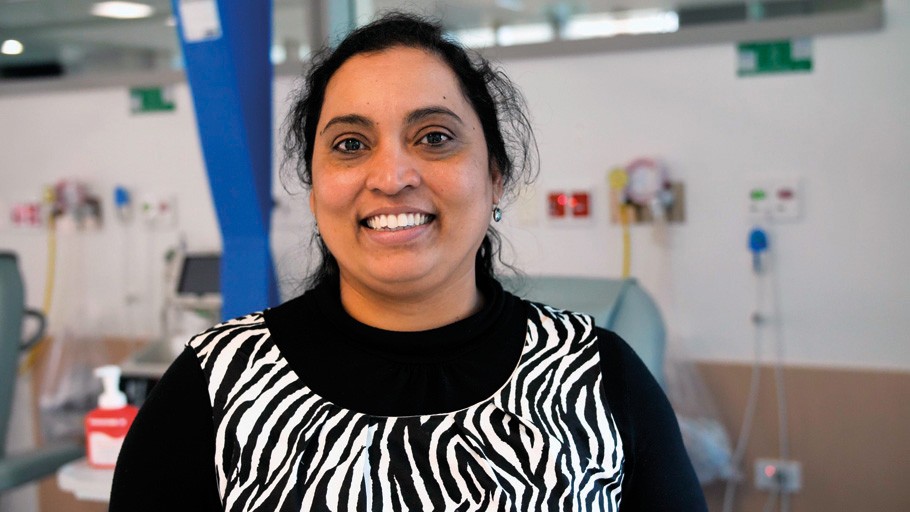For many with end-stage kidney disease, kidney transplantation is the best available form of renal replacement therapy because it improves both the quality and extent of life. Historically, people awaiting kidney transplantation faced lengthy wait times and to compensate this prompted a growth in live donation. One local initiative, from the realisation that many potential live donors had blood group or HLA incompatibility, was born in Perth in 2007 – the Australian Kidney Exchange (AKX) program.
ED Comment. With some WA innovations adopted nationally, will the expanding success story of the transplant service here satisfy the number crunchers?
Changing logistics
The AKX became national in 2010, and enables people with live donors to access matching kidneys from across Australia through a donor swap program. Since 2007, 15% of the living donor transplants are through the AKX – that’s more than 200 Australians (or 44 West Australians) since then.
It is now accepted that ABO incompatibility can be readily overcome by use of novel techniques to deplete antibody around the time of surgery and allow successful blood group incompatible transplants with success equivalent to other live transplants.
The increase in the number of deceased donors – from 12.1 per million in 2008 to 20.8 per million in 2016 (or 503 actual donors) in Australia – is due both to increased community and hospital awareness and the increased use of donation after circulatory death (DCD). The result has been increased logistical issues to do with tissue typing, donation services and hospitals. As well, the type of donors and their causes of death has also changed, which has impacted on how so called “marginal” donors (older age, diabetes and vascular disease) are best allocated to achieve benefit for individuals. The end result is that wait times for a first transplant in an “unsensitised” patient is now a few months, not years! For example, in 2017, 112 West Australians received a kidney transplant compared with 97 in 2016.
A different way of scoring risk
One consequence of the changes in donor and recipient characteristics is better systems to match them other than traditional HLA matching (which remains important especially for re-transplantation in highly sensitised recipients) and is influenced by wait times.
The Kidney Donor Risk Index (KDRI) is a score calculated from the outcomes of the kidneys that were transplanted in Australia in the previous three years expressed as a percentage – 1% represents the best 1% of the kidneys offered and 90% indicates the bottom 10% of the donor quality.
The Estimated Post-Transplant Survival (EPTS) score takes into account candidate’s time on dialysis, diabetes status, prior transplantation and recipient age. A candidate’s EPTS score can range from 0% to 100% (lower represents better predicted survival).
The use of these scores is currently being trialed to familiarise clinicians. The ultimate aim is to improve allocation of donor kidneys. Such a model is already operating in the USA.
Newer strategies
Newer immunosuppression strategies and drugs, plus a better understanding of transplant immunology (including HLA and non HLA antibodies), means that graft loss from acute rejection is rare (around 10%). The greatest challenge remains long term graft survival. This has only slowly improved over the last twenty years and chronic antibody mediated rejection remains a major cause of graft loss with a poor response to treatments
3D printing technologies, bionic kidneys and research into stem cells are underway but the replacement of organ transplantation will take several decades. Until then, we rely on social altruism around donation and the scientific advancements in transplant immunology to prevent and treat chronic rejection.
Dr Swaminathan would like to acknowledge the assistance of Dr Ashley Irish in compiling these notes.


